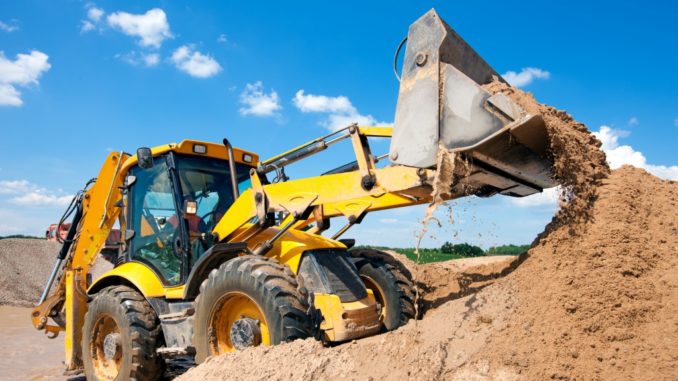
Ground stabilization is essential before mining and most construction projects. Without this, you are at risk of collapsed mines and buildings that will attract not only heavy causalities but also hefty fines. Though several options exist for stabilizing your ground, soil nailing is one of the standard options. The procedure involves the drilling of holes for the insertion of bars known as soil nails.
The popularity of soil nailing among drilling contractors for ground stabilization arises from its flexibility, inexpensiveness, and ability to be used in places with restricted access. Soil nail walls are usually constructed from the top downwards. The soil will first be excavated in 3- to 6-feet deep stages, and horizontal lines drilled into the excavation at each step. Tension-resistant steel bars, which are the soil nails, are inserted into these holes then grouted into place and mesh attached to their ends. The following are the components of soil-nailed walls for ground stabilization.
Soil-Nail Reinforcement
This is the primary element of your soil-nailed wall. Its principal function is the provision of tensile resistance to your structure. The reinforcement used in this case is often a solid high yield deformed bar made of steel. In some instances, a fiber-reinforced polymer is used as the reinforcement for your soil-nailed wall.
Reinforcement Coupler/Connector
This is used to join the sections of the reinforcing bars for soil nails. The connector often used for this is cement grout sleeve. The grout is made of water and Portland cement and inserted into the pre-drilled hole once the soil-nail reinforcement is in place. The cement grout sleeve transfers stress between the soil-nail reinforcement and ground. Moreover, the reinforcement coupler will offer some corrosion protection to the wall’s reinforcement.
Soil Nail Head
In general, the soil nail head comprises a steel bearing plate, nuts, and a reinforced concrete pad. The main function of the soil nail head is the provision of a reaction for soil nails to activate a tensile force. Furthermore, it promotes the local stability of the soils between the soil nails and the ground near a sloped surface.

Corrosion Protection Measures
These will depend on the soil aggressiveness and design life of your soil-nailed wall. Some of the leading corrosion protection measures include corrugated plastic sheathing and hot-dip galvanizing. For the corrosion protection of couplers, anti-mastic sealant material and polyethylene on heat-shrinkable sleeves are the commonly used alternatives.
Slope Facing
This element protects the sloped ground to reduce erosion and the adverse effects associated with surface water on inclined land. Slope facing can be hard, flexible or soft or a mix of all three consistencies. A hard slope facing is non-structural or structural while a soft one is solely non-structural. Structural slope facing transfers loads from the free surfaces between soil nail heads and in so doing boosts the stability of your soil-nailed wall.
Several factors will determine the stability and feasibility of the above components of a soil-nailed wall along excavations or slopes. The primary element is the condition of your ground. Soil nailing is generally used for stiff and fine-grained hard soils like clay, sandy clay, sandy silt, and clayey silt or a blend of these soils.
